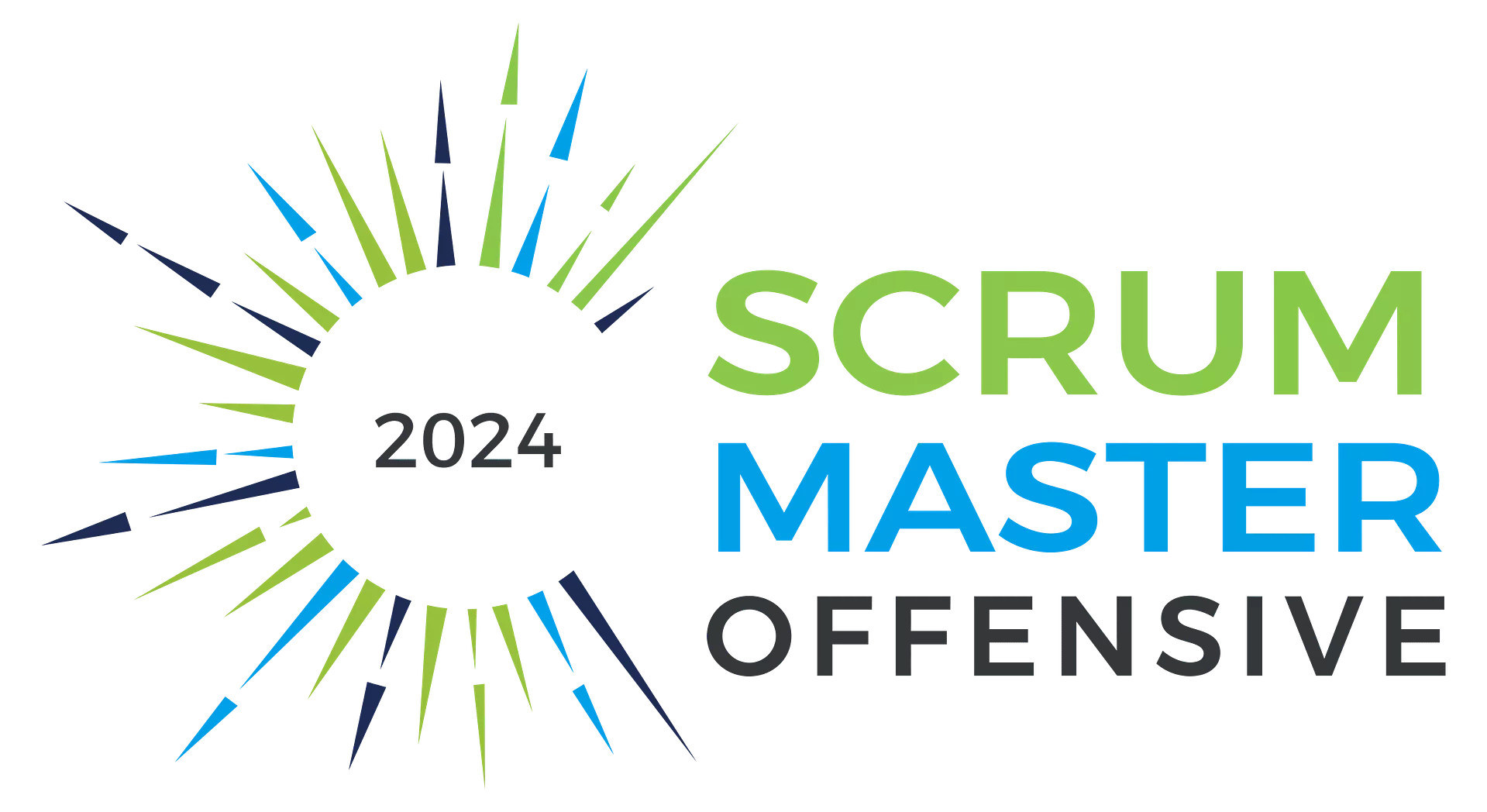 I’m currently working on a recipe on how to kick off a new Scrum team that is completely new to agile practices and Scrum. After some iterations I came up with the following recipe. The ingredients:
I’m currently working on a recipe on how to kick off a new Scrum team that is completely new to agile practices and Scrum. After some iterations I came up with the following recipe. The ingredients:
- 1 team
- 1 team charter
- 1 team room
- 1 experienced Scrum coach
- 1 Scrum training
- at least 1 whiteboard or pinboard
- at least 1 flip chart or flip chart paper
- a lot of post-its and din a6 cards
Train and coach the team
First of all you need to train the team. From my point of view this is the crux of this recipe. It is important that every team member knows the elements of the Scrum framework and even more important why Scrum or other agile processes are working. If they don’t understand the principles of agile software development the team will fail. You don’t have to send the whole team to a CSM or CSPO training but it is no disadvantage 😉 As we have an experienced Scrum coach in our ingredients we can do in-house trainings and accompany the team through the whole process.
Create the team charter
The next step in our recipe is to create the team charter. The team charter defines how our team is working together. It defines the communication rules, code of behavior, the development tools used, the time and location of the Scrum meetings and one of the most important things: the “Definition of Done”. As the name implies the team charter is build by the team itself. To create the team charter a dedicated meeting is scheduled were all team members attend. Creating the team charter is a perfect way to boost the team building process. I prefer to create the team chart on flip-chart paper so that it can be easily put on the walls of the team room. If you need some input for your team charter, have a look at the great presentation of Simon Roberts called “Effective Team Chartering”.
Collocate the team
Latest now it is time to collocate the team into one team room. I know that this is not possible in every building without excessive reconstruction of the room structure. So if you can’t place all team members into one room they should at least sit on the same floor. This is really important if you want a hyper productive team. The more the team is spread the less is the productivity. So if you’re one of the lucky ones able to put everybody in one room I prefer the following setup. The room should have enough space for the team members, the sprint backlog, the burndown charts, the team charter and some space at the walls to be able to put some flip chart paper on them. This environment supports the communication and creativity of the team and therefore the self-organization.
Now your team is ready an eagerly waiting for their first sprint. This is my current recipe but I’m sure that it’ll change over the next weeks and month. What is your recipe? Comments?




Nice article. Make sure that the post-its are Super Stickies though!
Thanks for the comment. I will make sure that Super Stickies are added to my recipe 🙂